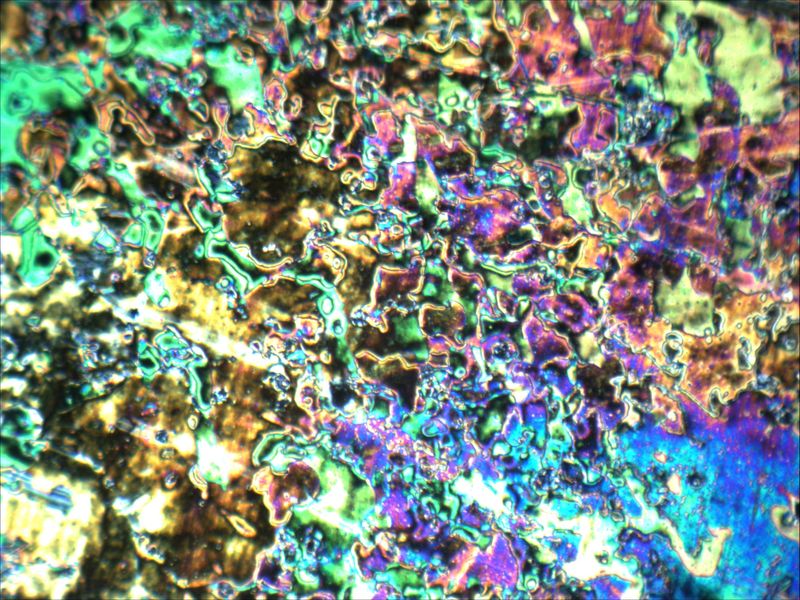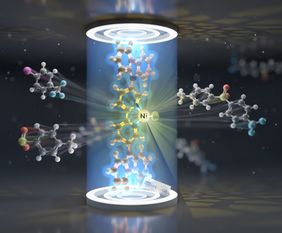Fine chemicals, such as active pharmaceutical ingredients and crop protection agents, are often complex molecules produced by multi-stage chemical processes. Carbon-heteroatom cross-couplings are among the most important chemical reactions for fine chemical production. In these reactions, two molecular building blocks are selectively coupled with the aid of catalysts. Palladium complexes are typically used for this purpose, but the low abundance of the noble metal is a drawback. The combination of a homogeneous nickel catalyst and a photocatalyst is among the most promising alternatives but requires a complex catalytic cocktail that cannot be recycled. A team involving six UniSysCat research groups addressed this issue by combining the function of a nickel catalyst and a photocatalyst in a single recyclable material.
“We were curious whether we can merge a nickel catalyst and a photocatalyst in one molecule.” says Bart Pieber, group leader at the MPICI and corresponding author of the study. His team initially discovered a promising homogeneous nickel complex that forms in situ from a nickel salt and a bipyridine ligand decorated with two carbazole groups. The researchers showed that this new catalyst indeed triggers a broad range of carbon-heteroatom cross-couplings upon irradiation with visible light. Pieber adds: “We then realized that the molecular structure of this nickel complex provides the possibility to convert the bifunctional homogeneous catalyst into a heterogeneous material that could have the same catalytic activity.” To realize this, the researchers teamed up with the functional materials group of Arne Thomas (TU Berlin). The heterogeneous catalyst resulting from this collaboration was not only shown to be an active catalyst but also proved to be recyclable. Together with the flow chemistry group of Dario Cambiè and Peter H. Seeberger (MPICI), the team studied the robustness of the catalytic material. Using a packed-bed reactor the scientists demonstrated that the catalyst is active during seven days of continuous operation.
“We didn’t fully understand how the catalyst is activated by light.” Pieber comments. “But I knew that my colleagues in the UniSysCat cluster have the expertise to find that out.” Theoretical and spectroscopic investigations by the groups of Renske M. van der Veen (HZB), Henrike Müller-Werkmeister (Uni Potsdam), Christian Teutloff (FU Berlin) and researchers from the University of Illinois Urbana-Champaign, showed that only the organic ligand gets activated by visible-light, which triggers a series of events that leads to a catalytically active nickel species that subsequently forms the desired cross-coupling products.
This study has been published as a “Hot Paper” in Angewandte Chemie: C. Cavedon, S. Gisbertz, S. Reischauer, S. Vogl, E. Sperlich, J. H. Burke, R. F. Wallick, S. Schrottke, W.-Hs. Hsu, L. Anghileri, Y. Pfeifer, N. Richter, C. Teutloff, H. Müller-Werkmeister, D. Cambié, P. H. Seeberger, J. Vura-Weis, R. M. van der Veen,* A. Thomas,* B. Pieber,* Intraligand Charge Transfer Enables Visible-Light-Mediated Nickel-Catalyzed Cross-Coupling Reactions. Angewandte Chemie International Edition 2022, 61, e202211433: https://onlinelibrary.wiley.com/doi/10.1002/anie.202211433
The work was further highlighted on the cover of Angewandte Chemie: https://onlinelibrary.wiley.com/doi/10.1002/anie.202215123



